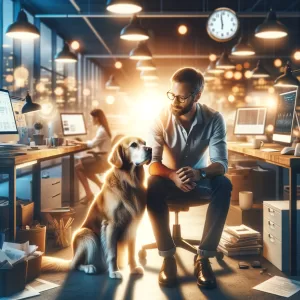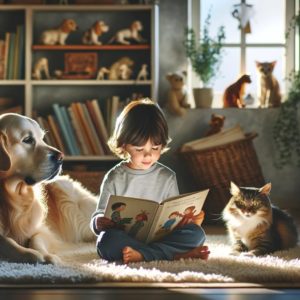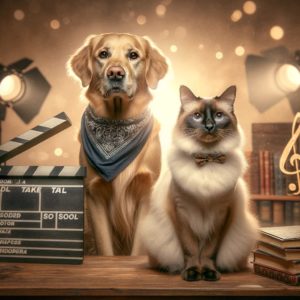Zoos, for many of us, were our first exposure to the dizzying diversity of the animal kingdom. They offered a safe haven to experience the majesty of a tiger, the playfulness of monkeys, or the gentle elegance of a giraffe. But as we’ve grown older, so too have our perceptions and understanding of these complex institutions. This exploration seeks to navigate the paradoxical world of zoos – sanctuaries of conservation and subjects of critique – in the hopes of fostering a balanced perspective on their role in animal conservation.
Chapter 5: The Spectrum of Quality: Understanding the Unequal Landscape of Zoos
Diversity within the Zoo World
While zoos are generally perceived as unified entities, the reality is quite different. Zoos exist on a broad spectrum, ranging from accredited, ethical institutions dedicated to conservation and animal welfare, to ill-managed establishments that prioritize profit over welfare. These diverging realities invite us to explore the landscape of zoos with a discerning eye, recognizing the immense variation in quality, commitment, and practices that exist within the zoo community.
The Paragons of Preservation: Accredited Zoos
At one end of the spectrum, we find accredited zoos that place conservation, education, and animal welfare at the heart of their mission. These zoos adhere to strict standards set by accrediting bodies, such as the Association of Zoos and Aquariums (AZA) or the European Association of Zoos and Aquaria (EAZA). They actively participate in global conservation programs, contribute to scientific research, and invest in comprehensive education initiatives.
Within these zoos, enclosures are designed to mimic natural habitats, providing ample space, environmental enrichment, and social opportunities for animals. Veterinary care is of the highest quality, and efforts are made to stimulate the animals mentally and physically. Visitors to these zoos are not merely spectators but active participants in a narrative of conservation and respect for the natural world.
The Unethical Underbelly: Poorly Managed Zoos
At the other end of the spectrum are poorly managed zoos that can be more accurately described as animal prisons. These establishments often lack adequate resources, expertise, or the will to meet basic animal welfare standards. Enclosures can be cramped and barren, devoid of the complexities of a natural habitat.
The primary motivation behind such zoos is often profit rather than conservation or education. Animals in these settings can suffer from stress, poor health, and reduced life expectancy. Unfortunately, these zoos still exist, often exploiting legal loopholes or operating in regions with lax animal welfare laws.
The Need for Nuanced Conversations: Recognizing the Spectrum
While discussing the role of zoos, it is essential to recognize this diversity and avoid painting all zoos with the same brush. Broad, generalizing statements can obscure the difference between zoos that contribute positively to animal welfare and conservation and those that do the opposite. A nuanced understanding can foster more meaningful dialogues about the ethics, roles, and future of zoos.
Beyond the Black and White: A Call for Accountability
Recognizing the spectrum of zoos is just the first step. The next step involves holding zoos accountable for their standards and practices. This accountability can be enforced through rigorous accreditation processes, public scrutiny, and legal frameworks. Concurrently, the need to raise awareness about the varying standards of zoos is crucial. As visitors, educators, or conservation enthusiasts, it’s our responsibility to make informed choices and support zoos that genuinely contribute to conservation and animal welfare. Through this collective effort, we can contribute to a future where all zoos are places of respect for, and connection with, the natural world.








